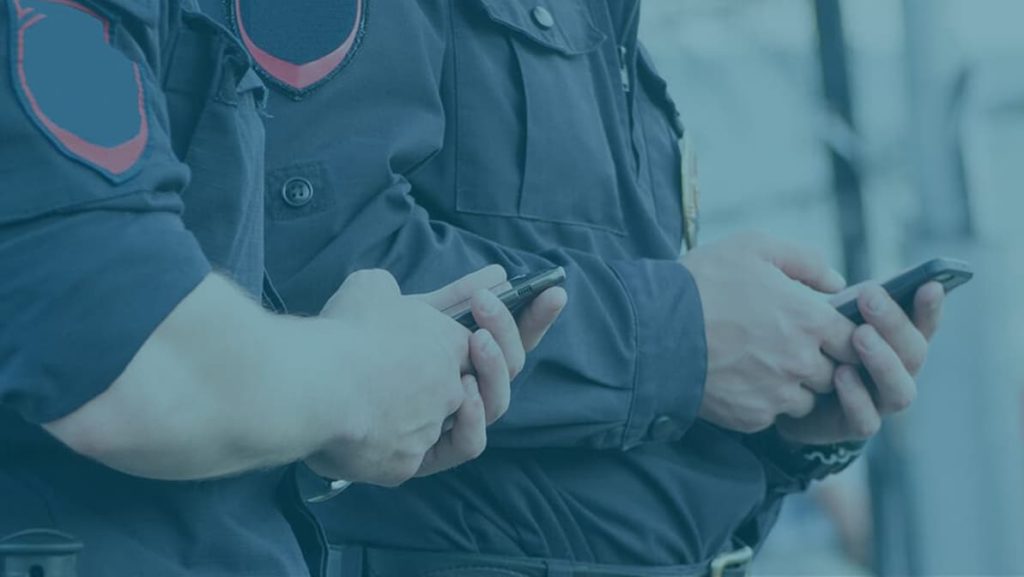Push-to-Talk (PTT) has come a long way from the times when guards solely relied on limited-range walkie-talkies to communicate with their security team and supervisors. With advances to mobile phone technologies improving in the last decade, PTT communication is here to stay.
What PTT Has Done to Improve the Guard Industry
PTT isn’t a new out-of-the-blue technology. Having been around since 1996, PTT mimicked the then established use of walkie-talkies. With the development of the smartphone, PTT is now a strong feature of security workforce management systems and aids in transmitting clear, efficient, and concise information – here starts the era of security and the use of PTT for enhanced guard communications.
Basics – What is it and How Does it Benefit the Modern Security Workforce
We all know how PTT works (it’s in the name!); yet, PTT has allowed security guards to fully replace walkie-talkie style voice communication as the reliable choice for direct communications. Guards can join preset channels to communicate with other guards or their supervisors; supervisors can then monitor, control, and even activate emergency channels summoning guards all at once.
Unlike traditional walkie-talkies, PTT can be used in specialized apps from a smartphone. So, if guards are already using a smartphone for their guard tours, the guard tour system will typically have PTT as an in-app feature.
How Guard Companies Use PTT to Improve Guard Communications and Accountability
Having an effective way of relaying protocols key to managing a strong security workforce. When it comes to PTT technology, using a smartphone for direct verbal communication is one way guard companies have ensured accountability. Another way is by having supervisors monitor guard channels to pick up on guard behavior and to reinforce security company standards while on site.
The upside to using PTT stems from it’s mass messaging capability – it’s in it nature. Like traditional walkie-talkie radio channels, PTT can be used either one-on-one or in mass, allowing for quick communication during emergencies or when protocols need to be relayed in a time-sensitive manner. The upside for guard companies to using PTT with a smartphone is that it works on cellular network, typically meaning more reliability and range.
Why PTT is Currently One of the Go-To Choices for Guard Companies – 3 Reasons
- There’s Variability in Channel Use. Using a security workforce management app for guard tours, security guard companies have access to the PTT feature when communicating to their remote security workforce. For those working during a crisis, having efficient means of communications with guards on the frontline means companies can use PTT to immediately communicate changes as they come. Channels can also be set up for monitoring, guard accountability, in addition to its everyday direct communications use.
- Its Use is Perfect for Lone or Remote Workers. Coupled with Lone Worker Protection, PTT is an excellent choice for communicating with remote guards and for verbally keeping tabs on their activities across all sites.
- Verbal Communication is Still the Leading Choice. When supervisors need to relay important information on the fly, sending a text message, although useful, is not always the appropriate choice. Verbal communication is the most effective way to relay quick (and secure) messaging to guards on the frontline.
Final Thoughts: So How Has PTT Improved Guard Communications?
We’ve seen tool upon tool come and go through out use – yet, PTT is here to stay. As a simple form of direct communication, PTT makes communicating guard orders and establishing accountability, especially during a crisis, that much easier. In the future, PTT improvements will most likely mean more security companies will use it in favor of walkie-talkie, due to its use with a smartphone. As it stands, PTT is already improving security guard communication and will serve as a fundamental tool in the security guard toolbox.



